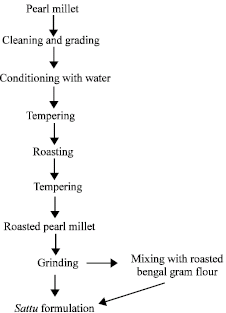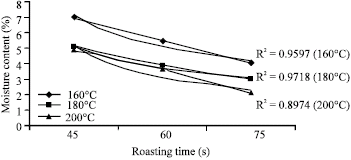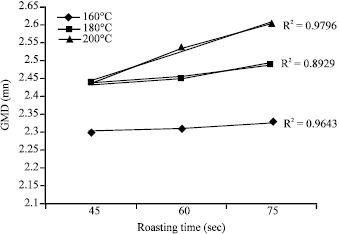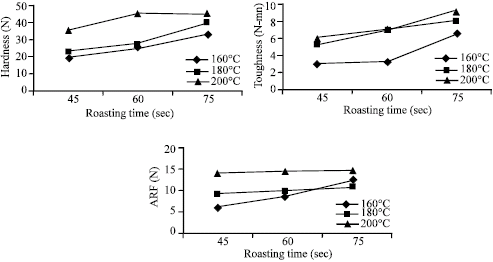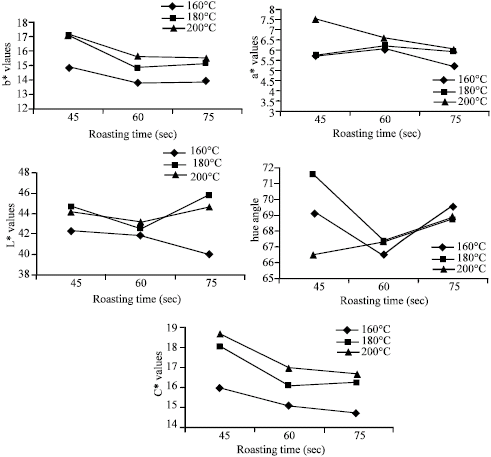Research Article
Effect of Roasting on Texture, Colour and Acceptability of Pearl Millet (Pennisetum glaucum) for Making Sattu
Food Grains and Oilseeds Processing Division, Central Institute of Post Harvest Engineering and Technology, Ludhiana-141 004 (Pb.), India
R.K. Goyal
Food Grains and Oilseeds Processing Division, Central Institute of Post Harvest Engineering and Technology, Ludhiana-141 004 (Pb.), India
M.R. Manikantan
Food Grains and Oilseeds Processing Division, Central Institute of Post Harvest Engineering and Technology, Ludhiana-141 004 (Pb.), India









